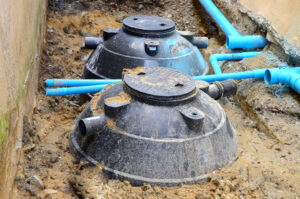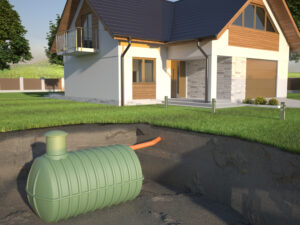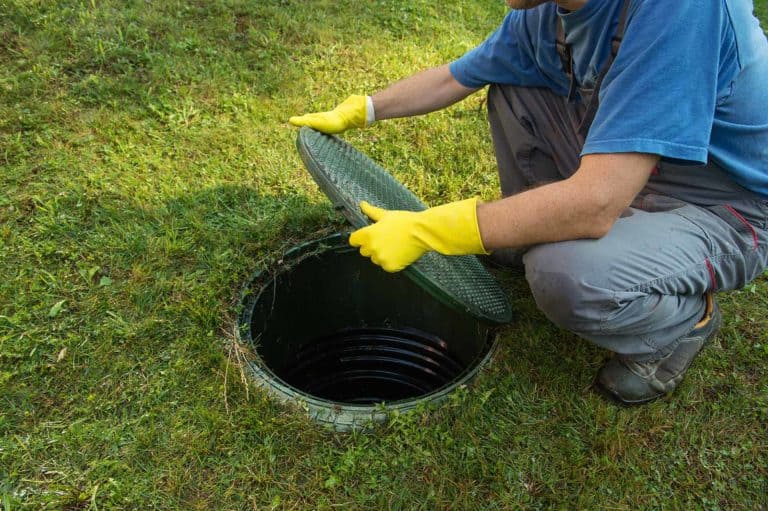Buying a home in the United Kingdom is a significant milestone in one’s life, and with it comes a host of responsibilities. For homeowners who live in properties with septic tanks, these responsibilities extend beyond the usual maintenance tasks associated with homeownership. In this blog, we will delve into the responsibilities of septic tanks, emphasizing the importance of proper care and maintenance for these essential wastewater management systems.

Get your Septic Tank Regularly Inspected
Once you become an owner of a property which has a septic tank, your first responsibility is to ensure regular inspections. Septic tanks should be inspected by a licensed professional at least once every 12 months. These inspections help identify any potential issues, such as leaks or blockages, before they become major problems. The professional will also assess the tank’s condition and the level of sludge accumulation to better advise you on the next steps.
Routine Pumping of the Sewage Treatment Plant
Routine pumping of the septic tank is vital for homeowners because it helps prevent costly and disruptive septic system failures. Over time, solid waste and scum accumulate in the tank, reducing its capacity and efficiency. If left unchecked, this buildup can lead to blockages, backups, and even tank damage, which may require expensive repairs. By scheduling regular pumping every 3-5 years, homeowners ensure that the septic tank continues to function effectively, preventing unpleasant and potentially hazardous sewage backups in the home, preserving the longevity of the system, and minimizing the risk of environmental contamination.
Ensure Proper Waste Disposal
As a responsible homeowner, it’s essential to be mindful of what you flush down your drains and toilets. Avoid disposing of non-biodegradable items, such as diapers, sanitary products, grease, and chemicals, into your septic system. These can disrupt the natural treatment process and damage your tank. For more information about how to ensure your drains stay healthy, read our blog about the 5 most common causes of drain blockages in Bristol
Water Conservation
Conserving water is not only environmentally friendly but also beneficial for your septic tank. Excessive water use can overload the system, leading to reduced treatment efficiency and potential backups. Install water-saving fixtures and be mindful of water usage to avoid overwhelming your septic tank.
Landscaping Considerations
The location and condition of your septic tank can impact its performance. Make sure that your tank’s access points are easily accessible for inspections and maintenance. Additionally, avoid planting deep-rooted trees or shrubs near the tank, as their roots can infiltrate the system and cause damage.

Legal Compliance of Your Drainage System
In the UK, homeowners with septic tanks must adhere to specific regulations and requirements. Ensure that your system complies with local environmental regulations, obtain necessary permits if required, and keep documentation of inspections and maintenance records.
Be Prepared for Emergencies
While regular maintenance is key, homeowners should also be prepared for emergencies. Have a plan in place for dealing with septic system issues, such as backups or leaks. Knowing how to shut off water to the tank and having contact information for local septic tank professionals can be invaluable in such situations.
Owning a home with a septic tank in the United Kingdom comes with ongoing responsibilities. By taking these responsibilities seriously and staying proactive about septic tank maintenance, you can ensure the longevity and efficient operation of your wastewater treatment system. This not only benefits you as a homeowner but also contributes to environmental preservation and the overall health and safety of your community.


































